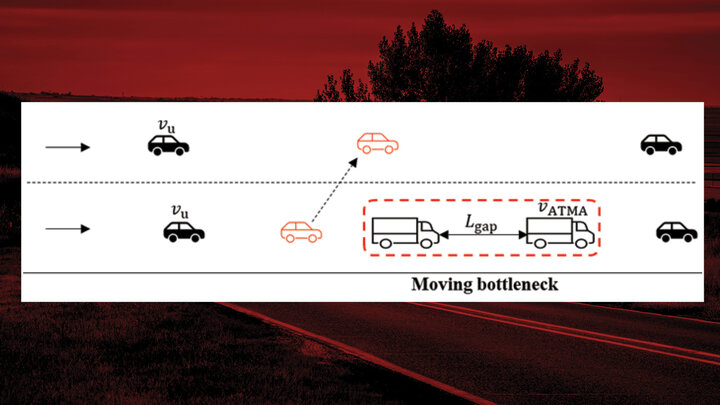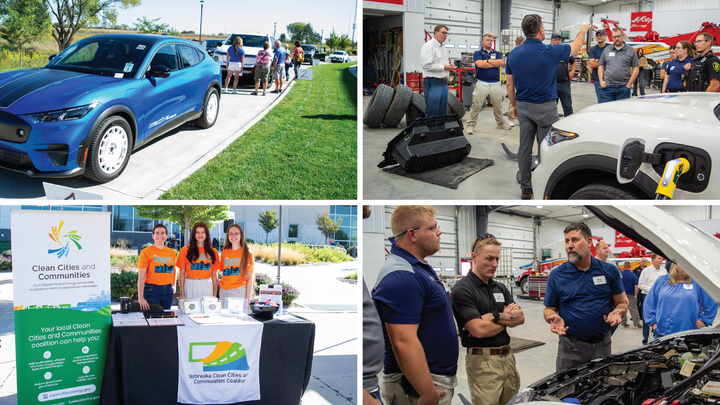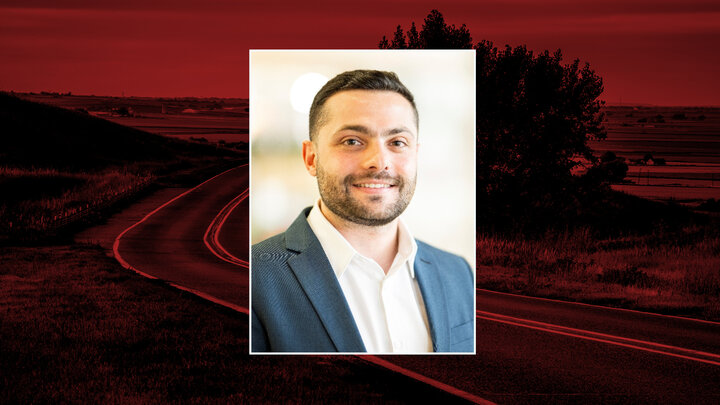The Autonomous Truck Mounted Attenuator (ATMA) vehicle system removes the necessity of Department of Transportation (DOT) workers in a follower maintenance vehicle, reducing injuries and fatalities in work zones. Typically, ATMA vehicles start from and return to the same location, which can result in unnecessary mileage when moving from site to site. The slow-moving vehicles also create bottlenecks, resulting in increased queue lengths and delays. “Optimization of Transportation Infrastructure System Performance with Autonomous Maintenance Technology in Work Zones” supports DOT decision-makers in determining which road segment to prioritize for maintenance to optimize the deployment of the ATMA system.
The project was completed by Dr. Xianbiao Hu while he was an Assistant Professor in the Department of Civil, Architectural, and Environmental Engineering at the Missouri University of Science and Technology. He was joined by a PhD student at the time, Qing Tank, and Professor Dr. Genda Chen. Due to the rapid attention autonomous maintenance technology is gaining, prioritization for maintenance projects is essential to manage traffic flow. To achieve this, the project team developed a user equilibrium (UE) model to quantify the impact of roadway segment maintenance and conducted a sensitivity analysis to compute the marginal cost of equilibrium travel time (ETT), allowing them to suggest maintenance priority to DOT and maximize the transportation infrastructure system performance.
The project was completed under the 2016 Mid-America Transportation Center University Transportation Center Region VII grant, awarded by the Federal Highway Administration. The project report can be accessed in the MATC research database.
Dr. Xianbiao Hu currently works in the Larson Transportation Institute under the Department of Civil and Environmental Engineering at Penn State University. His areas of interest are smart mobility systems: connected and automated vehicles, electric vehicles, and mobility behavior management; transportation big data analytics; and traffic flow and system modeling.




